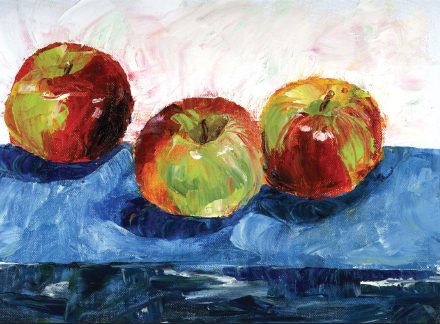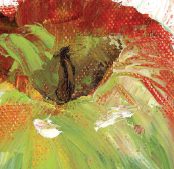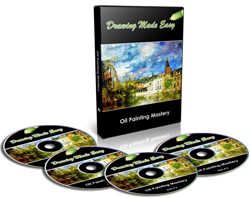Knife painting is probaby the most fun way to paint in oils. It’s a fast, direct painting approach that uses a palette knife (or, more commonly, knives), to put down the paint in interesting ways that showcase the textural quality of oil paints and the rough canvas support.
You can buy palette knives in a huge variety of shapes and sizes. Some are round, others have triangular, oval, or square tips. Some are wide, others are very thin.
You don’t need to break the bank to get an introduction to this technique; just choose two or three different palette knives to deliver a few different sorts of strokes.
You should get a wide, rounded tip knife to make stokes like a large flat brush and a smaller tip to make details in the paint.
You can make lines, dabs, and scratches by using the knives both to lay the paint down and to scrape it off the surface in large areas or small, delicate curves.
Paintings done with a palette knive tend to be very bold and bright, with pure, undiluted color built up on the canvas. This style isn’t meant for detail-oriented paintings; rather, work towards getting fun, vibrant shapes and colors playing together on the support.

Start by getting the rough textures of the large shapes of the painting down. Scrape off excess paint. Next, start the build up of more colors and shapes by wiping in additional color with your knife.
You work in layers, with the base color serving as the foundation of your painting and the shadows and highlights being built up in smaller and smaller shapes on top, like layers on a wedding cake.
Each new pass focuses on smaller shapes of greater detail.
The colors are worked into each other while the painting is still wet and fresh so that the colors mix together.
To keep your highlights clean and your colors distinct, you need to continually clean your knife by scraping the excess off on your palette, then wiping it with a cloth.
The opposite of palette knife painting, reverse palette knife painting, is another way to paint without brushes.
In this technique, one color is painted over the canvas to serve as the base, then the details of the painting are scraped out with the knife.
The tip of the palette knife is used like a pencil to outline the forms, then the edge of knife is used to scrape off more or less of the paint to make medium and light areas.

Want To Learn More …

We have created Oil Painting Mastery so that with this simple step by step oil painting lessons you’ll be able to create masterpieces in record time – and this goes regardless of your previous experience.
With clear (and fun) instructions on how to draw … you’ll learn at your own pace in the comfort of your home.

